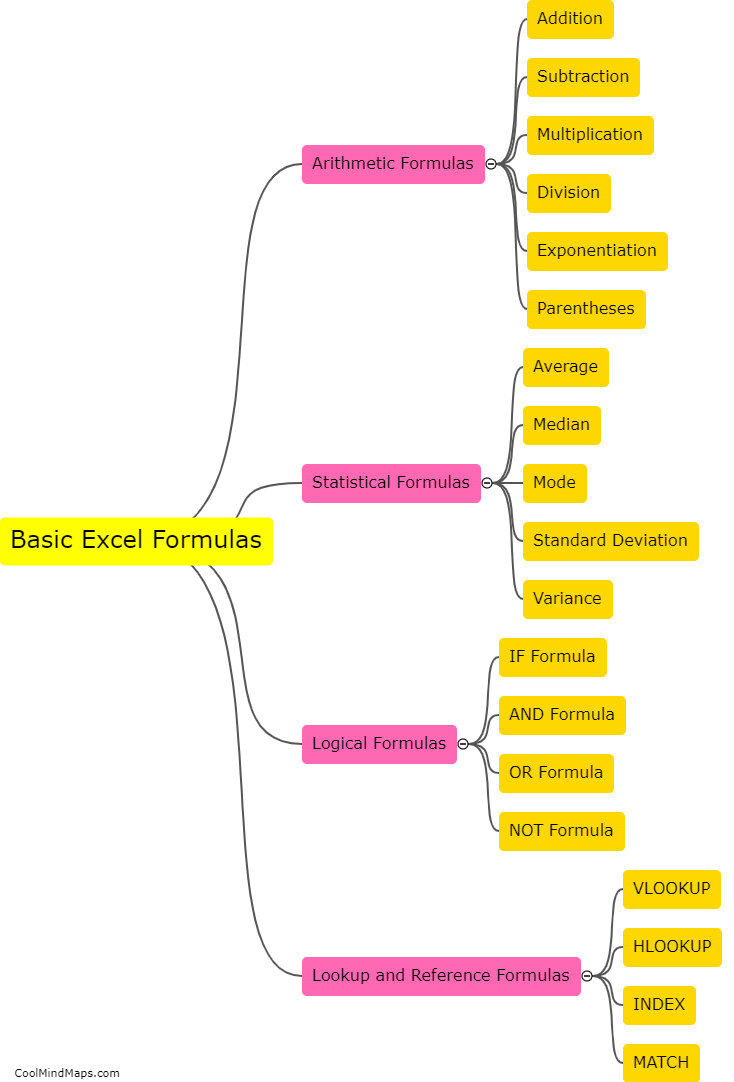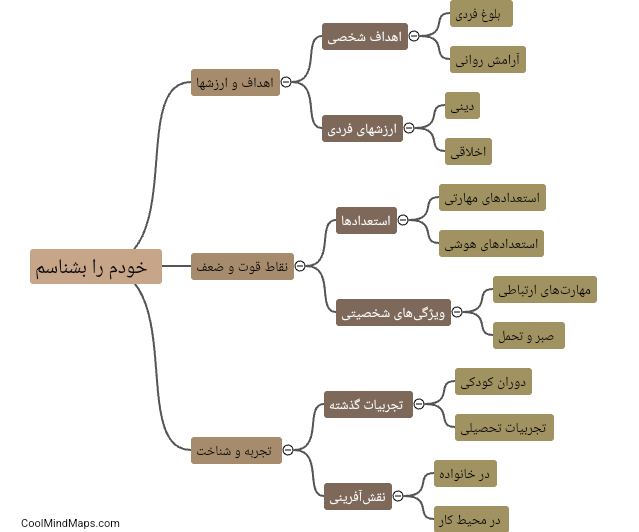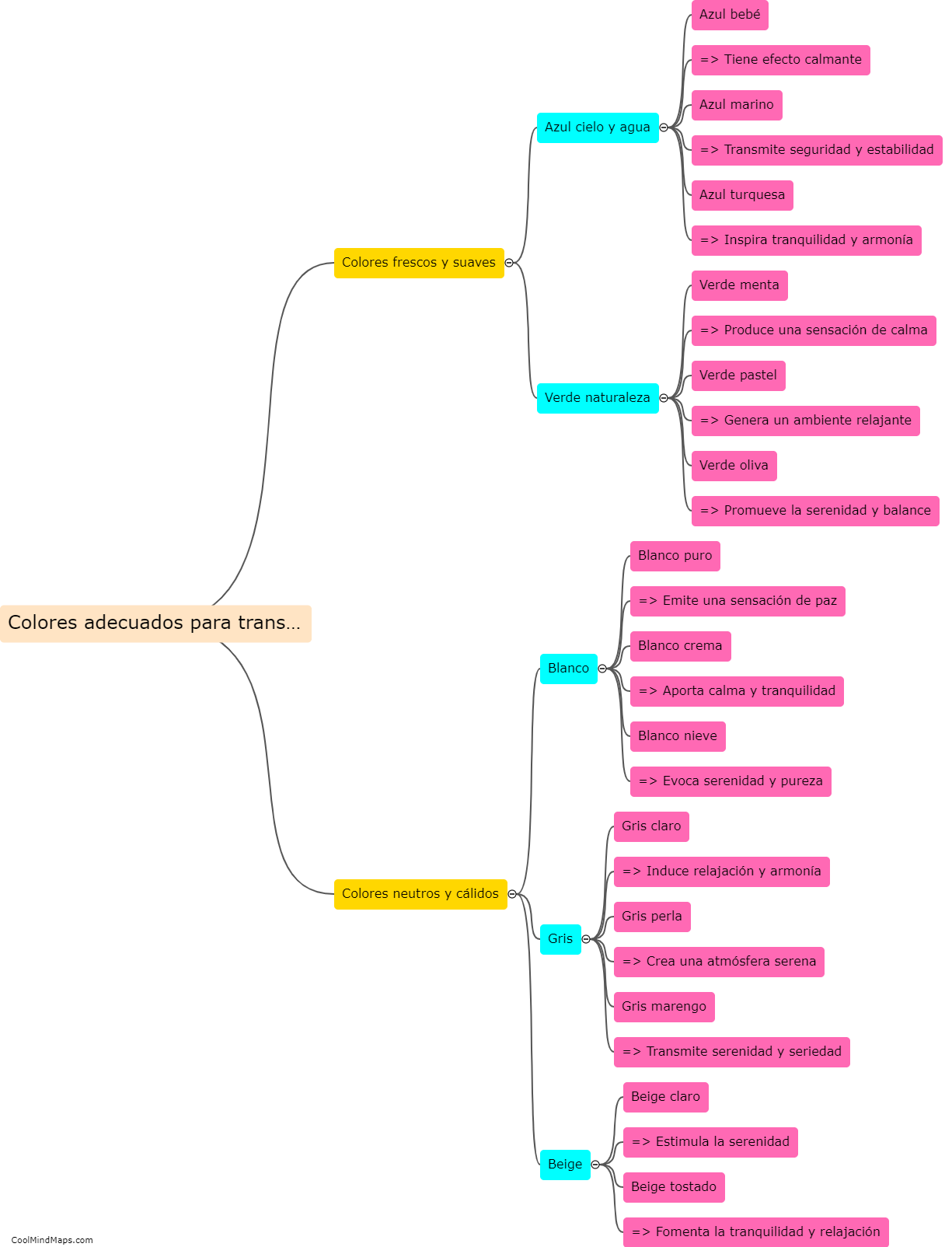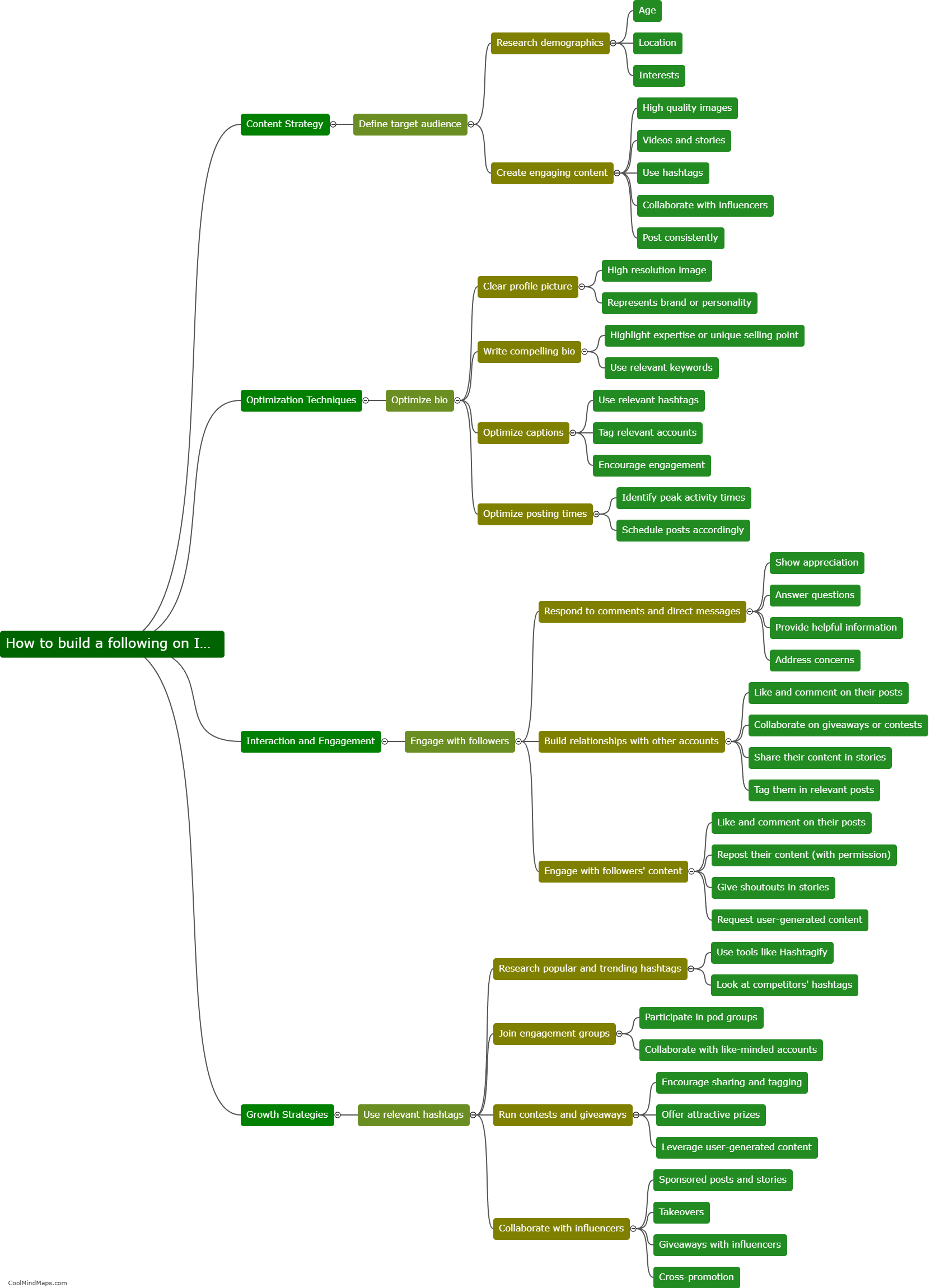How can a manual fallback policy be developed and documented?
A manual fallback policy can be developed and documented by following a systematic approach. The first step is to identify the specific situations or scenarios where a fallback may be required, such as technical failures or emergencies. Once the potential fallback situations are identified, it is essential to outline the steps or procedures that need to be followed in each case. This can include detailed instructions, checklists, or decision trees to guide the fallback process. It is crucial to involve all relevant stakeholders, such as IT personnel, managers, and key personnel, in developing the policy to ensure comprehensive coverage and alignment with organizational goals. The policy should also be regularly reviewed and updated to adapt to changing technologies or organizational needs. Proper documentation of the policy is essential, including clear instructions, diagrams, and any supporting documentation, to ensure ease of understanding and accessibility for all involved. This documentation can be shared with relevant teams, posted on intranet sites, or communicated through training sessions to ensure widespread awareness and compliance with the fallback policy.

This mind map was published on 4 February 2024 and has been viewed 104 times.











